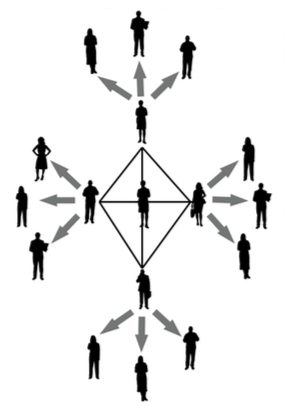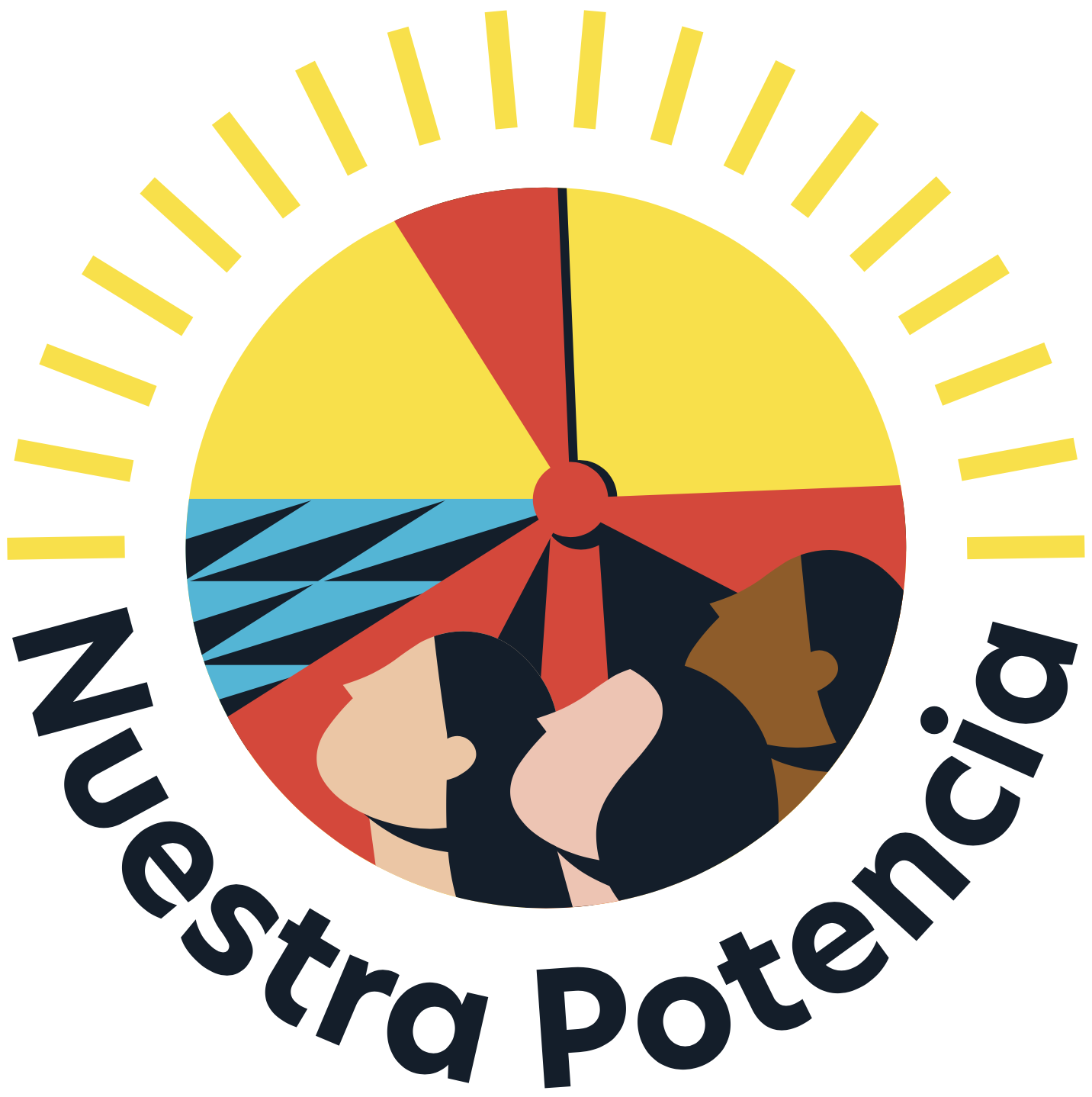To change the world, we need to work together. Teamwork is at the heart of every successful campaign. Do you want to be part of a team that is effective, powerful, enjoyable, and filled with supportive relationships? This session will help your group think about how to become a team like that!
Outcomes of this training
- A shared understanding of what qualities can make your team more rewarding, or more difficult, for people to work with.
- A shared understanding of what is great about your group’s teamwork habits and structures, and what can improve about both of them.
- An understanding of the skills and passions that exist in your team
- Ideas for improving your group’s practices and structures.
Preparing your Group session
- Display a simple agenda, to record group discussions, and to display the group structure diagrams (e.g. flip charts, a whiteboard, or a projector).
- You may wish to share the concepts on Page 5 and 6 with people, in advance of the workshop.
After your workshop, you can email help@350.org with feedback from your group – what worked well? How can we improve this guide?
Suggested Workshop Outline
|
~90 mins |
Activity |
|---|---|
|
5 min |
Ritual By now your group should have some ways it likes to start opening its events: singing; reading, reflection, or prayers; a go-around introduction, or something else! |
|
10 min |
Welcome
|
|
10 min |
What makes a team rewarding to work with? Display two headings: ‘difficult teams’ and ‘rewarding teams’. Start with ‘difficult teams’, then move to ‘rewarding teams’. This can be fun, with lots of honest laughter and sharing of past experiences. Think back to an example of a (difficult/rewarding) team that you’ve been involved in the past. What is the team like? What do they do? What attitudes do people bring? What does it feel like to be in a team like that? If no-one else mentions them, offer the following positive attributes: Diversity of members; Being focused on a common purpose; Clear Boundaries (respecting volunteers’ limits of time and energy); Clear Roles; Making progress towards named goals. Keep this checklist. You can refer back to it throughout the lifetime of your group. |
|
15 min |
How well is your group doing? In groups of 3 or 4, people will reflect on how they think the team is currently doing, compared to the lists you just made. (5 minutes) What behaviours are we demonstrating that we should celebrate and keep doing? (5 minutes) What behaviours make your group hard to work with, and which of these difficult behaviours are easiest to change? Have each group share one behaviour to celebrate, and one suggested improvement, with the larger group. Praise your group for identifying areas of improvement – it’s a sign of a group that is committed to learning. |
|
10 min |
What does your group’s structure look like? Present the three images of group leadership (see concept below) For each image, ask the group: Have you ever been in a group like this? What did it feel like to be in that group? What does ‘leadership’ mean in this model? After all models have been discussed, invite the group to reflect on – or even draw – the current structure of the group. How the group might develop more inter-dependent leadership styles? |
|
25 min |
How can you contribute to make your group be even better? Now we will think about what individual strengths we bring, and the roles we might play, in an interdependent leadership team. 1 – Paired Listening – Organize your group into pairs. Everyone takes turns interviewing their partner. (5 mins each)
2 – Group Introductions Ask each person to introduce their partner to your group by finishing this prompt: “I’m excited to have {partner’s name} as part of the group because ______. 3 – What are some natural sub-teams that can emerge in your group at this time? Sub-teams can and should evolve over time. |
|
5 min |
Conclusion
When the work is done, finish with your group’s closing ritual! |
Concept – Leadership models
Consider the following three sorts of leadership structures for a group.
We have found that when people share clear leadership roles and responsibilities in an inter-dependent leadership team, groups are more likely to grow over time, and to be effective. The models of “I’m the leader” or “We don’t have leaders” may work for a short period, but their stability, and potential for growth, is limited.
 “I’m the leader” Dependent |
 “We don’t have leaders” Structureless |
 “A leadership team” Inter-dependent |
|---|
We recommend that a ‘core’ leadership team be responsible for:
- Group hosting: convening meetings of the group of organizers, ensuring that roles and decision-making is clear and that everyone feels included.
- Helping your group come up with clear goals, a strategy, and a plan that everyone has a role in. And regularly evaluate progress against the plan.
- Identifying spokespeople and key messages – especially for media work.
In practice, many groups find that if any one of these 3 areas is too far away from the other 2, coordination problems can lead to confusion and conflicts.
Working groups – smaller teams within your larger group – may form organically as your group evolves, based on the interests and skills of the people in your group.
The core leadership team helps all those sub-groups stay connected and coordinated. In the early stages, stay flexible and adaptable as you learn and experiment – some sub-groups might thrive, others might fail, and that’s OK!
Your role as leaders
In Inter-dependent leadership, leaders accept responsibility for the functioning of a “whole” (a whole team, a whole project, a whole job) while other organizers accept responsibility for a “part” of the work. Leaders help others find (or create!) roles and working groups with real responsibility and purpose, where people feel purposeful – like they can make a difference, by contributing to the work of the whole.
The following table summarizes six practices of leadership, and how they can help to turn ‘disorganization’ into an effective ‘organization’.
|
Disorganization → |
Leadership |
→ Organization |
|---|---|---|
|
Divided → |
Building Relationships |
→ Community |
|
Confused → |
Interpreting |
→ Understanding |
|
Passive → |
Motivating |
→ Participation |
|
Reactive → |
Strategizing |
→ Initiative |
|
Inaction → |
Mobilizing |
→ Action |
|
Drifting → |
Accepting Responsibility |
→ Purpose |
Your group’s structure
If your group doesn’t have a clear structure yet, it can be a nice exercise can be to get everyone in your group to draw what they imagine the structure of your group to be already, and then to imagine what it should be or could be. Compare notes and see if it’s possible to reach a common understanding.
Strengths and Weaknesses
As you reflect on your team’s structure, think about the strengths and talents of individual members, and what responsibilities they might be given in order to feel most effective. Also think about weaknesses – what other skills do we need in our team, to meet our goals? Do we need to recruit new people with specific talents, or by train our existing members, to develop those skills?
Links to more resources
- Groups can spend a lot of their time in meetings. Here is a helpful facilitation guide to meetings. And you can find more facilitation tips, ideas and resources on 350.org’s trainings website.
- It’s important for groups to get to self-reflection on their own work. Here are a few different techniques we have found useful that aren’t boring evaluations! Vevela La Fala, River of Lifey High-moment Reflection.
- Learn more about your group’s personal styles of leadership with Team Types Compass. (You might choose to swap out the ‘skills audit’ exercise in the agenda for this ‘Team Types Compass’ activity
